Study on the Impact of Tax Reduction Policies on Total Factor Productivity of Manufacturing Industry in Sichuan Province under High-Quality Development
DOI: 10.23977/socsam.2024.050113 | Downloads: 4 | Views: 115
Author(s)
Dong Yao 1, Wanyin Zhong 1, Liang Chen 1
Affiliation(s)
1 Chengdu Jincheng College, Chengdu, 610031, China
Corresponding Author
Dong YaoABSTRACT
China's government has adopted an active tax reduction policy in order to alleviate the difficulties in the development of the manufacturing industry and promote its high-quality development. 2022, the Sichuan Provincial Party Committee has set the goal of "building an advanced manufacturing province with significant influence in the country", so how is the manufacturing industry in Sichuan affected by the country's macro-tax reduction policy, and what is the effect of different tax reduction policies, and whether it is affected by the heterogeneity of enterprises? How is the manufacturing industry in Sichuan affected by the China macro tax cut policy? This paper finds that tax cuts on the total factor productivity of listed manufacturing enterprises in Sichuan: In general, both income tax cuts and value-added tax (VAT) cuts have played a positive role in the total factor productivity of manufacturing enterprises in Sichuan, but different types of manufacturing enterprises have been affected to varying degrees. The findings of this paper are useful for the formulation of targeted, precise and efficient tax policies.
KEYWORDS
Tax cuts, manufacturing, total factor productivityCITE THIS PAPER
Dong Yao, Wanyin Zhong, Liang Chen, Study on the Impact of Tax Reduction Policies on Total Factor Productivity of Manufacturing Industry in Sichuan Province under High-Quality Development. Social Security and Administration Management (2024) Vol. 5: 93-101. DOI: http://dx.doi.org/10.23977/socsam.2024.050113.
REFERENCES
[1] LIN Xiaoling,ZHANG Kai. Corporate Income Tax Relief, Financing Structure and Total Factor Productivity-An Empirical Study Based on National Tax Survey Data from 2012-2016[J]. Contemporary Finance and Economics, 2019(04): 27-38.
[2] YAN Hongguo,PAN Cuiying. Tax Preferences, Innovation Factor Input and Enterprise Total Factor Productivity[J]. Economic and Management Review,2022,38(02):85-97.
[3] Shen Guangjun, Chen Binkai, Yang Rudai. Can tax cuts boost China's economy? Empirical Research on VAT Reform in China [J]. Economic Research, 2016, 51 (11): 70-82.
[4] Kang Maonan, Mao Kailin, Liu Canlei. Value-added Tax Transformation, Cost Plus Rate Distribution and Resource Allocation Efficiency [J]. Financial Research, 2019, 45 (02): 4-16.
[5] Yu J, Wan Chenmeng. Value-added tax credit and refund, financing constraints and total factor productivity of enterprises [J]. Financial science, 2022, (01): 104-118.
[6] Cai Lei, Duan Shu, Zhao Huayu. Actual Tax Burden, Tax Type Difference and Private Manufacturing Enterprises Total Factor Productivity [J]. Financial Research, 2022, (05): 92-104.
[7] Mallick S., Boumakis I., Kemohan D., et al. Measuring Firm-Level Productivity Convergence in the UK: The Role of Taxation and R&D Investment[J]. SSRN Electronic Journal, 2013.
[8] Sally Yang, Pingzhu Zhang, Jiaxing You. A Study on the Incentive Effect of Tax Preferences on Total Factor Productivity of Enterprises: Based on the Background of Supply-side Structural Reform [J]. Tax Study, 2019, (04): 104-109.
[9] Lu Xiaodong, Lian Yujun. Total factor productivity of Chinese industrial enterprises Estimate: 1999-2007 [J]. Economics (Quarterly), 2012, 11 (2): 541-558.
[10] Zhang Shijing, Gao Wenliang. Study on the Effect of Tax Reduction Policies on Enhancing the Confidence of Real Enterprises: Perspective [J] Macroeconomic Research, 2022, (07): 53-64.
| Downloads: | 2525 |
|---|---|
| Visits: | 67252 |
Sponsors, Associates, and Links
-
Information Systems and Economics

-
Accounting, Auditing and Finance

-
Industrial Engineering and Innovation Management
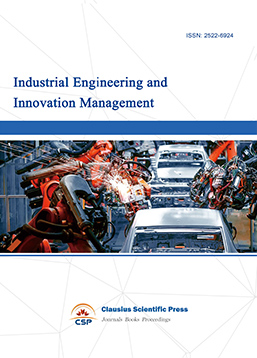
-
Tourism Management and Technology Economy

-
Journal of Computational and Financial Econometrics

-
Financial Engineering and Risk Management

-
Accounting and Corporate Management

-
Population, Resources & Environmental Economics

-
Statistics & Quantitative Economics

-
Agricultural & Forestry Economics and Management
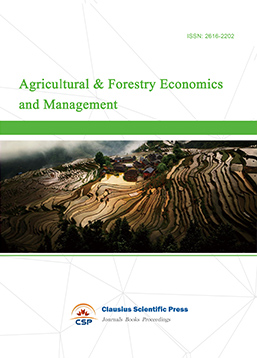
-
Social Medicine and Health Management
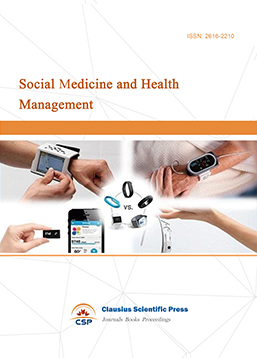
-
Land Resource Management
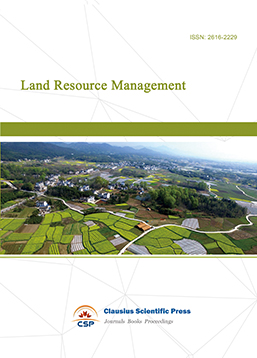
-
Information, Library and Archival Science

-
Journal of Human Resource Development

-
Manufacturing and Service Operations Management
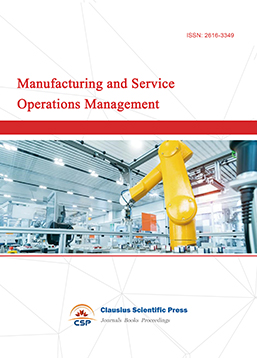
-
Operational Research and Cybernetics


 Download as PDF
Download as PDF